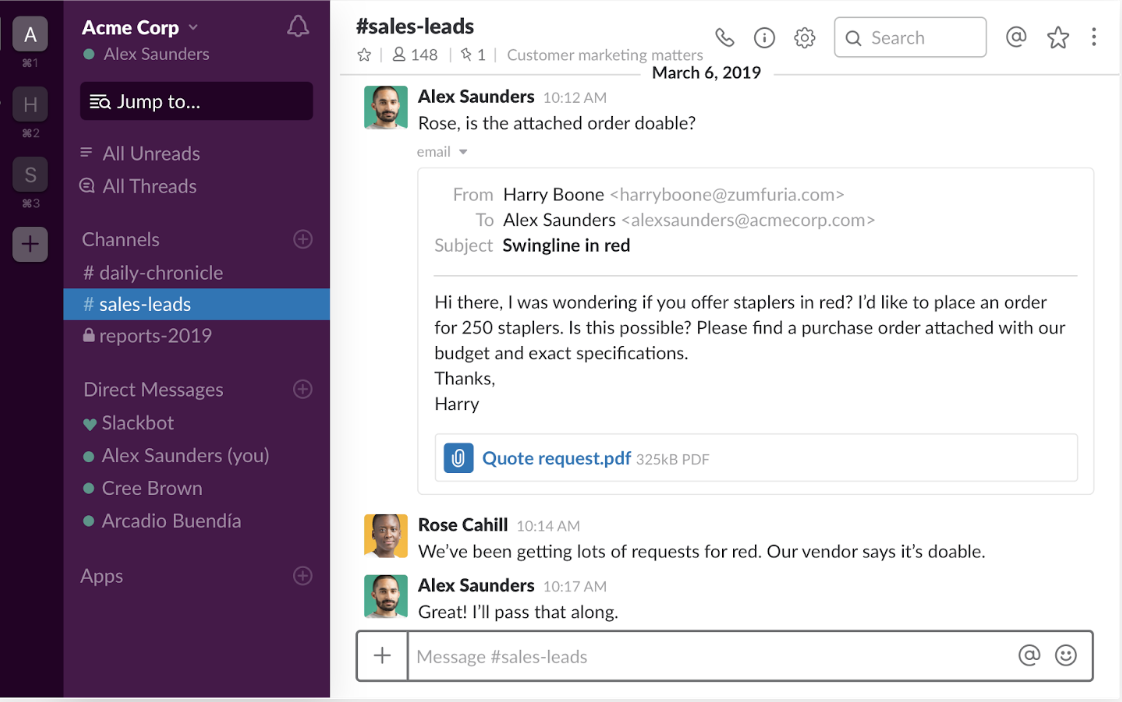COVID, Remote Work, and Tech: How to Support Your Workforce

We are all aware of the devastating effects the COVID-19 pandemic has had so far.
To provide solutions and not add to the stressful climate, I will skip a potentially anxiety-inducing introduction and get straight to the point.
'We're going remote!'... now what?
In our increasingly digital world, the remote workforce is getting more common. Between 2012 and 2016, flexi-time had risen by 12.35%; approximately 250,000 UK workers (source).
In 2018, 3.2% of the US workforce worked from home (4.3 million individuals) (source).
Today, this slow and steady trend is met with an unforeseen and radical ultimatum. The more fortunate amongst us get to work from home.
As businesses follow the latest advice from the Prime Minister office, many have had to evolve into a remote working company from one day to the next.
In this article, I am going to cover some of the tech your organisation can use to keep providing excellent support to your workforce.
A long journey to digital-first
ubisend is a leading chatbot and artificial intelligence software building company. Helping businesses transform and adopt a digital approach is part of what we do.
It is important to know this journey usually takes a long time. It's not uncommon for a 100-200 employee company to take three to six months to fully adopt a digital-first approach to HR.
Do not let that deter you. You are not too late.
The essential remote company tech stack
If you are one of these businesses on which remote work was suddenly sprung, the four tips below will help you go through this transition.
One-to-one communication software
The first hurdle you will have to cross is one-to-one communication between your employees. Communication must flow freely across the business.
Failing to provide your workforce with the tools to communicate will inevitably slow your operations down. In some cases, this could mean irreversible damage to your business.
For one-to-one communication, we recommend Slack.

Slack has been around for over seven years now. It's essentially a chatroom. You can create a chatroom specifically for your company (or department) and invite members.
The advantage of Slack in a remote work environment, is the private channels (within the private group). Any group member can start a 1o1 conversation with any other member, keeping discussions private.
A large number of our clients, from SMEs to FTSE100, use Slack for internal communications.
Another advantage? Slack is open to third-party software integrations. This is what makes Slack one of most common communication channels to implement a chatbot.
As I write this piece, I received an email from David Markovich. David founded one of the most prolific, public Slack group for marketers, 'OG. Today, they launched the CoronaHub. Here is vision for it:
My goal for CoronaHub is to connect people from across the country to fight Coronavirus. Necessity breeds innovation. According to the authorities and the media, the current crisis is going to get worse. People could be isolated in the homes for weeks, if not months. Shops will be closed and businesses will be shut down. I believe we can come together online to make it easier to cope, distribute resources more efficiently, and, maybe, save lives.
If you are an HR professional looking to stay on top of it, consider joining.
Many-to-many communication software
Many-to-many communications, aka meetings, are an obviously large part of any functional organisation.
Though they have somewhat gone out of fashion recently (for good reasons), face-to-face meetings can increase productivity.
In a remote work environment, conference calls replace the old traditional meeting room.
For many-to-many communication, we recommend Zoom.

Zoom have taken the world of video conferencing by storm. On Feb 26, 2020, CNBC reported that Zoom had already added 2.22 million users this year -- against 1.99 million for the whole of 2019 (source)
As your workforce scatters around geographically, Zoom can bring teams together. At ubisend, our morning standup is powered by Zoom, usually with cameras turned on.
Each employee also has their own room they can invite others in, allowing quick 'fire-side' chats.
HR chatbots and instant-access information
Your HR department is most likely the most impacted in this unpredictable situation. For the last few weeks, whether your business is going remote or not, it's all hands on deck for your HR staff.
Because a good number of the chatbot solutions we deploy are HR, we can see the impact first hand. Prospects going through the procurement of their first solution are having to slow down.
Hi - as with most organisations, [prospect] is grappling with the COVID-19 impact. I am having to postpone our meeting at the moment due to workload.
Conversely, clients that have implemented this technology are handling the workload and carry on supporting their employees.
Why should a chatbot be part of your remote work tech stack?
While we got one-to-one and many-to-many communications sorted above, we're missing a big part of the puzzle. Employee-to-company communication, while remote and in time of crisis, becomes crucial.
Your HR team is most likely overwhelmed in business-as-usual (BAU) days. The sudden influx of questions from concerned workers just piles onto the already overblown inbox.
An HR chatbot can mitigate the impact of this crisis by:
- Sitting in the HR portal, answering BAU questions and freeing up precious HR rep time.
- Being loaded with the latest COVID-19 information, ready to answer questions.
- Being up to date on the latest work-from-home policies. For many employees, this will be their first time working away from the office -- they will have questions!

The majority of our clients have added COVID-19 & remote working information to their HR chatbot's knowledge base.
The road ahead
No one can predict where this situation will take us. One thing's for sure: it pushed many businesses towards uncertain territory.
Dealing with such an aggressive and widespread threat in record time has unearthed many inefficiencies. Most businesses were not ready for this.
Whether now or once things start to settle down, consider automation, artificial intelligence, and comms tech as part of your company's tech stack. We can help.












